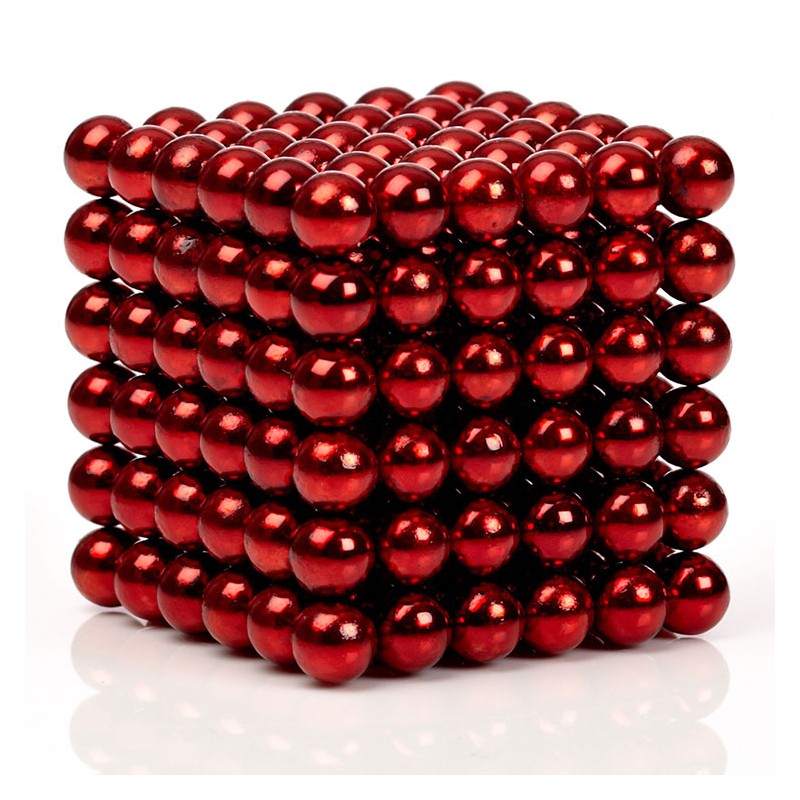
Safety experts believe it is in part because the industry has been left to police itself, but the number of children who have suffered serious injuries from swallowing dangerous rare-earth magnets has been surging in the three-plus years since courts blocked the efforts of federal regulators to force changes to the industry, which left the industry with the power to regulate itself.
Rare-earth magnets are very powerful tiny balls that have become a popular desk toy, with the most popular being BuckyBalls. Unfortunately, they also have the power to shred a child’s intestines. According to data provided by poison control centers nationwide, the number of incidents in which small children ingested these tiny magnets could be around 1,600 this year, approximately six times more than in 2016, the year when a federal court first sided with industry to invalidate the Consumer Product Safety Commission’s (CPSC) four-year ban on these products.
Voluntary Safety Standards and Self-Regulation
Medical researchers are on record saying that the only explanation for the huge spike in the number of ingestions is the return of these unusually strong magnets to the market following the court ruling invalidating the blanket ban on small magnet toys.
Accidental ingestion of high-powered magnets first emerged as a serious problem back in 2005, when it was discovered that the magnets were breaking free from toys. Then, in 2007, when magnetic construction sets were blamed for at least one death and dozens of intestinal injuries, the industry established a voluntary safety standard to limit the power of loose magnets in toys and to require powerful magnets to be permanently connected so they can’t be swallowed. A few years later, when the injuries and deaths continued to mount, the CPSC stepped in and implemented a ban.
Rare-earth magnets are more dangerous than many toys because they are often 10 times stronger than ordinary magnets, such as refrigerator magnets used to hold a shopping list to a large appliance. If multiple rare-earth magnets — each the size of a BB pellet — are swallowed, they can pull together inside the intestines, and they have the potential to rip life-threatening holes in the intestine and/or create a blockage. Either way, emergency surgery is usually necessary.
Since the CPSC has largely been removed from the safety process for this industry and many others, magnet industry officials have decided to launch a new effort to prevent product injuries and deaths by adopting voluntary safety standards, which attempt to demonstrate a balance between business and safety interests. During the creation of these standards, the priorities of safety groups and regulators have been overwhelmed by the priorities of manufacturers. Those companies often decide which safety options should be considered, as well as which ones will preserve an advantage for them. According to a recent review in the Washington Post, that process included listening to hours of public standard-setting meetings, as well as emails, interviews and documents.
Why Government Regulators Are More Effective
According to child safety experts, the problems inherent with voluntary safety standards extend well beyond magnets, and have come to affect many other children’s products, including infant inclined sleepers, crib bumpers and furniture at risk of toppling over. In many cases since the =2016 court ruling, the CPSC is unable to act until the voluntary standards set by the industry have proven to be inadequate.
For its part, the CPSC has been vocal about its forced inactivity in this area, as pst and present agency officials have weighed in, explaining how much more difficult their job is when the law forces them to step aside in favor of voluntary industry standards. Many people don’t understand this and blame the government, anyway. Of course, it is also true that the voluntary standards process is naturally inefficient and industry-focused. That focus means the only standards considered are those that do not change anything about the product and that do not interfere with their profit margin. According to experts, reliance on voluntary standards costs lives.
Safety advocates have noted that the magnetic balls industry should be looking only at standards that might avoid accidents. Otherwise, they do not understand how the industry can accomplish anything beyond slight improvement in their numbers. During a recent industry meeting, a pediatric gastroenterologist asked why they couldn’t enact a standard that would make the balls too big for small children to swallow and the industry representative replied simply, “Because nobody would follow it.
How Magnetic Balls Are Highlighting a Larger Problem
The continuing problem with the tiny rare-earth metal balls has managed to highlight the problems with the voluntary standards process and several other products have had much the same problem as the magnetic balls industry. For example, before they were finally recalled earlier this year because of their association with the deaths of dozens of infants, inclined sleepers had been covered by a voluntary standard that many pediatricians had warned failed to follow established guidelines for safe sleep. A similar voluntary safety standard covers crib bumpers, even though a number of medical experts that such products are both unnecessary and dangerous.
Likewise, safety advocates have been trying to get furniture manufacturers to agree to stricter voluntary standards aimed at preventing heavy furniture from tipping over so easily. This is a defect that has led to the deaths of at least 200 children since 2000. Thankfully, due to pressure from the families of victims, industry officials finally tightened the standard earlier this year.
Accidental ingestion of high-powered magnets emerged as a problem in 2005, when it was discovered that the magnets were breaking free from toys. Magnetic construction sets soon were blamed for at least one death and dozens of intestinal injuries, according to the CPSC. In response, a voluntary safety standard was created in 2007 to limit the power of loose magnets in toys and to require some powerful magnets to be permanently connected so they can’t be swallowed.
